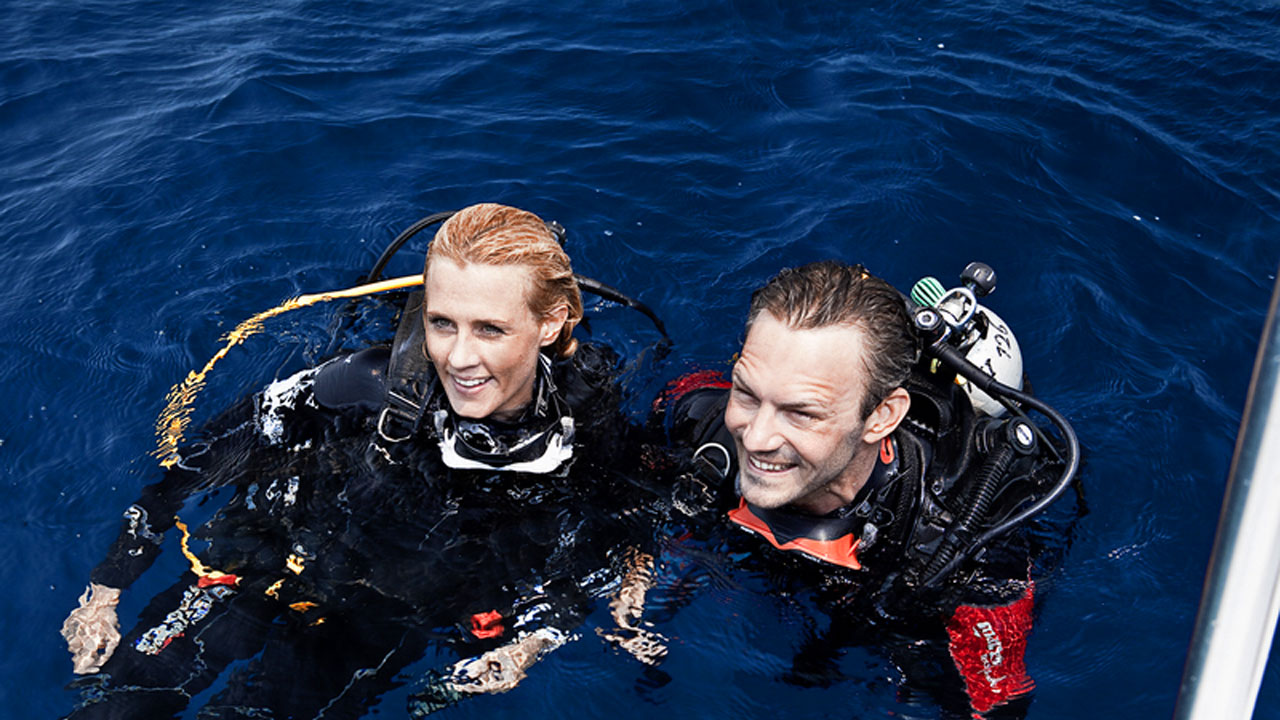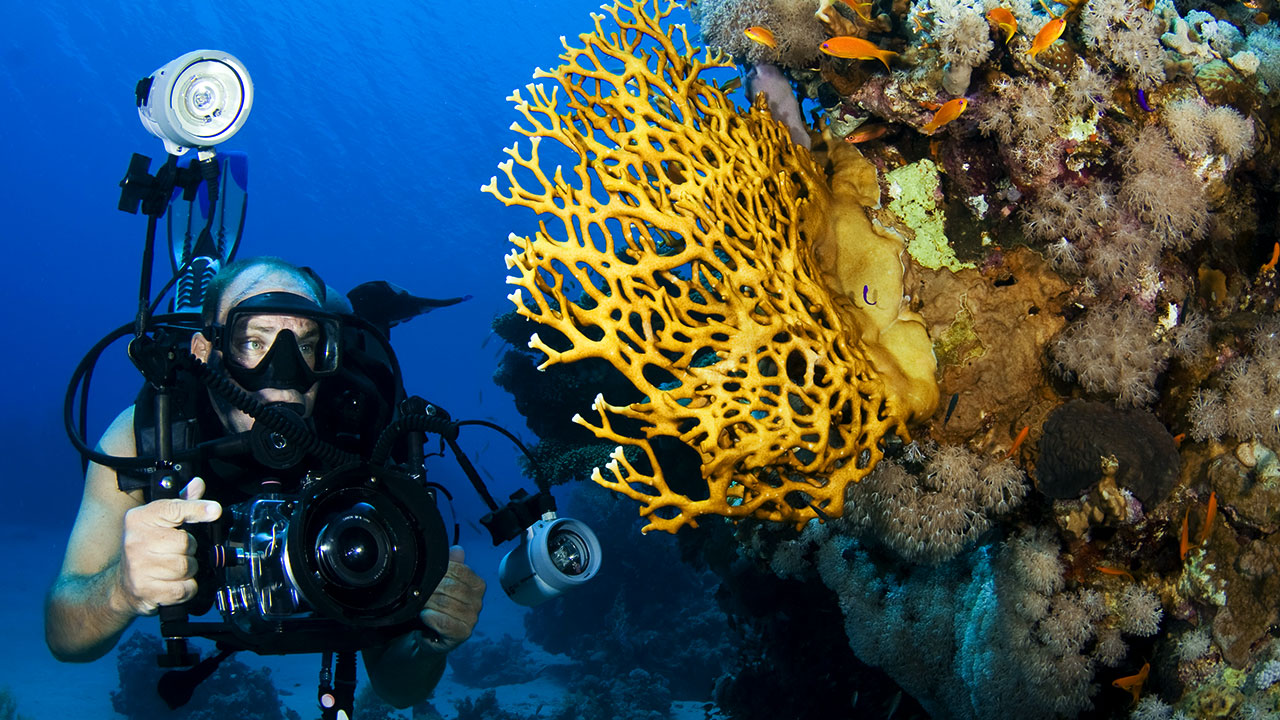What Is Muck Diving And Why Should You Try It?

What Is Muck Diving?
The term “muck” diving, coined by a scuba legend Bob Halstead, takes its name from the sediment that lies on the bottom of many dive sites. This sediment can be a mixture of sand, silt and a variety of natural debris such as dead corals or coral rubble. Although typical muck diving sites may appear to be desolate and uninspiring at the first glance, you really need to give this activity a chance.
Unlike reef diving, where you can look around and admire the ambiance of the whole scene, muck diving offers no pretty scenery and requires a more focused approach. Muck dives involve slowly and patiently exploring the sand, searching for features such as distinguishable fins or eyes. If you look closely, you will be rewarded with the pleasure of spotting the weird and wonderful marine critters that are found nowhere else.
What Marine Life Might You See?
Once your eyes start to adapt you may have a chance to see such bizarre and interesting creatures as a variety of nudibranchs and sea slugs, numerous species of pipefish and ghost pipefish, flamboyant cuttlefish and flying gurnards, rare and wonderful blue ring octopus and mimic octopus, uncanny stargazers and stonefish - and that’s only to list a few!


What you may also find (depending on the dive site) is that the number of crustacean species, such as shrimp, crabs, krill, and barnacles, you see on each dive far outweighs the number of fish. Some of the sought-after crustaceans that you can spot include mantis shrimps – both smashers and spearers, harlequin shrimp, marble shrimp, squat lobsters, and many different types of hermit crabs.


What Do You Need to Know Before Going Muck Diving?
Just like any other form of diving, muck diving does have a small set of principles you should be aware of to ensure that you enjoy the experience without ruining the dive for your fellow seekers or harming the environment.
- Try to keep the dive silt free. Silt is very easily disturbed and a careless fin kick can result in a silt cloud, limiting visibility for the whole group. So, remember to kick slowly and keep those fins up. Use a frog-style technique and wear rigid fins if you have them.
- Understand the dive procedure. You are likely to be spread out, noses to the sand with the guide searching and pointing out critters in turn for you to see and photograph.
- Consider taking a few extra gear items. The visibility can be quite poor on many muck diving sites, so it is a good idea to take a dive light even for day dives. You might also want to bring a magnifying glass, as some critters are hard to see by eye. If you’re there for the images, then a good macro lens is essential, and a focus light will help too.
- Practice proper dive etiquette. When you find a critter try not to spook or disturb it. Never poke the critters or move them around for the sake of a good shot.
- Learn the critters in the area. It is always easier to spot more critters if you know what to look for. Consider developing a critter list.
What Are the Best Places to Muck Dive?
If you get the bug, where should you head? The world’s muck-diving hotshots are mostly in south-east Asia. They include Bali, the Lembeh Straits and Raja Ampat in Indonesia; Dauin and Anilao in the Philippines; and Mabul and Kapalai in Sabah, Malaysia.
The Lembeh Strait is known as the “Critter Capital of the World” due to its high density of weird and wonderful marine life. There are over 30 sites easily accessible and teaming with the strangest of the strange. The night diving in Lembeh is second to none and not to be missed. The best sites are Hairball, Nudi Falls, Angel's Window and Jahir.
Other great destinations for muck diving include California, the Caribbean, Hawaii, Gulen in Norway, and Nelson Bay in Australia.




